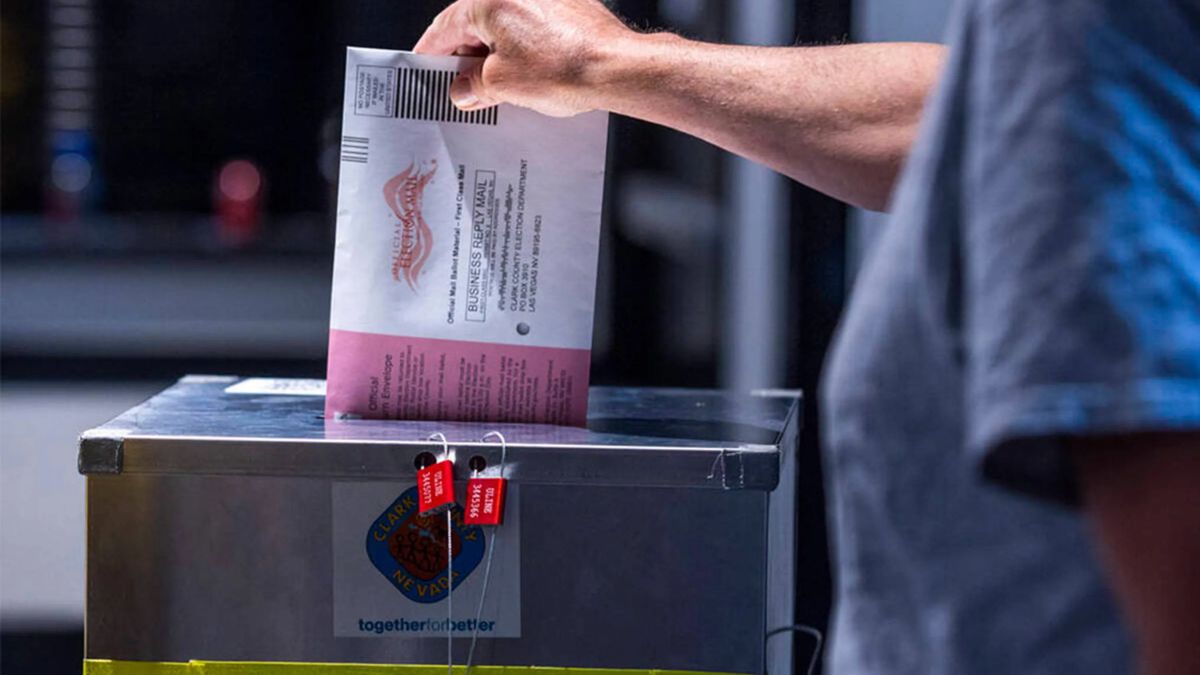Salt Lake City, Utah — A judge has determined that a redrawn legislative map submitted by the Utah Legislature offered an unfair advantage to the Republican Party.
Court Decision and Map Selection
In a late-night decision, Diana Gibson of Utah’s 3rd District Court selected an alternative map, known as “Map 1”, which had been presented by the League of Women Voters — the plaintiffs in the case. The judge also reaffirmed the state’s deadline of November 10 for choosing a new map ahead of the 2026 midterm election.
The map originally drawn by state legislators — referred to as “Map C” — was first submitted in September, following Judge Gibson’s order to redraw the existing boundaries so they aligned more closely with the state’s redistricting measure, Proposition 4.
Background and Legal Process
The governor, Spencer Cox, convened the Legislature in a special session after the initial court order, during which Map C was adopted and officially submitted.
In October, Map C came under legal challenge: expert testimony presented on behalf of the League of Women Voters stated that statistical analysis revealed Map C to be “more heavily Republican than almost all of the computer-simulated plans.”
While legislators defended Map C’s fairness in court, Republican lawmakers initiated efforts to repeal Proposition 4 and launch a referendum to discard the contested map.
They later dropped the referendum approach when gathering the required signatures became unrealistic, and are now pursuing repeal of Proposition 4 via a ballot initiative instead.
Reactions and Next Steps
In response to Judge Gibson’s decision, some Republican lawmakers threatened to bring impeachment proceedings against her, calling the ruling an example of “judicial activism.”
Meanwhile, Lieutenant Governor Deidre Henderson affirmed that she would comply with the ruling and implement Map 1 immediately “unless otherwise ordered by an appeals court.”
The court’s decision in Utah highlights the ongoing battle over how state legislative districts are drawn, particularly how laws like Proposition 4 aim to ensure fairness in the process.
As Map 1 replaces Map C, the outcome could reshape political representation ahead of the 2026 mid-terms. This case underscores the tension between legislative control, judicial oversight, and the role of citizen-led initiatives in redistricting.



